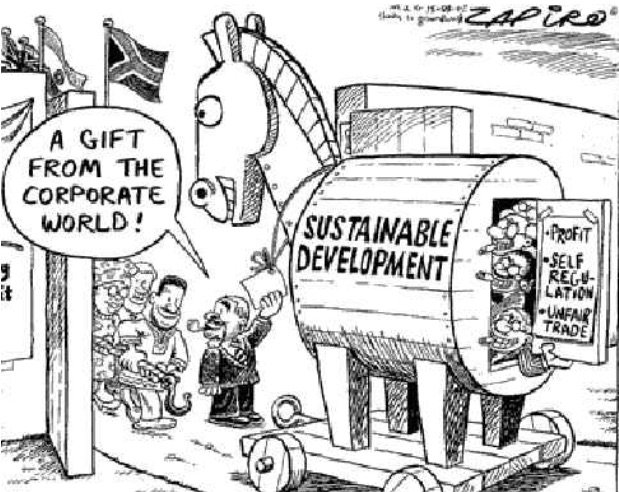A Brief Colonial History Of Ceylon(SriLanka)
Sri Lanka: One Island Two Nations
A Brief Colonial History Of Ceylon(SriLanka)
Sri Lanka: One Island Two Nations
(Full Story)
Search This Blog
Back to 500BC.
==========================
Thiranjala Weerasinghe sj.- One Island Two Nations
?????????????????????????????????????????????????Thursday, February 2, 2017
Gift Horses

By Ranil Senanayake –February 2, 2017
In the national tragedy that is the health of our faming families, no
one seemed to have asked the question ‘was the health of our faming
communities always like this? After all, with a farming history of over
two thousand years, such a dire situation within the farming community
should have been recoded. The fact is there is no such record of the
massive numbers of the rural population afflicted with Kidney failure,
liver problems, cancers, diabetes etc. Problems that plague the farming
communities today. The problems are of relatively recent origin. In
fact, it was only in the 70’s that their problems began to be recorded.
The obvious question that arises is ‘did we affect any change to our
traditional agricultural systems around this time? And the answer is
‘yes’ we began changing our systems of agriculture to the chemical
driven ‘Green Revolution’ that was promoted to ‘modernize’ our
agriculture.
But there is still no recognition of this fact. The death and misery of
the rural population becomes a quest for the origin of this ailment or
that. We spend an inordinate amount of energy in researching if such and
such a chemical was responsible for this or that condition. No one
wants to look at the overall picture. That the fact is the health of the
faming community has degraded with the implementation of the ‘Green
Revolution’. No one wants to recognize that the gift of the ‘Green
Revolution’ was actually a gift of disease and energy dependency for the
farmer.

Much like the gifs of Mega cities, Ports and airports, that we are so
eager to receive, we were once treated to the ‘gift’ of the agricultural
‘Green Revolution’. ‘Doubling the crop’ and ‘feeding the world’ became
the catchphrases. Even at that time, the promise of a free lunch
(doubling of crop) seemed suspicious. But in the heady days of foreign
trips, conferences and highly paid research to ‘feed the world’; no one
wanted to examine the aid packages that were promoting the ‘Green
Revolution’. So in Oct 1977, I published the article below in the
Observer:
A Closer Look at Aid
“Do not look a gifted horse in the mouth” – So goes an old adage. The
import of this statement would seem to be: except a gift with gratitude
and do not question its value for after all, it is a gift. It would seem
that we have as a nation accepted many gifts in this spirit. A fleet of
tractors or a thousand tonnes of pesticide does indeed seem to be a
generous expression of friendship. These offers are made by the donors
in a genuine effort to help the least privileged nations and our
accepted in gratitude with the hope that these gifts will help lighten
our national load. But, it may be time for us to question such gifts
however well intended they may be.
A case in point is the “miracle rice” that gives an immediate manifold
increase in crop over traditional varieties. This would seem indeed a
welcomed gift, if not a virtual godsend in troubled, food scares times
like this. The reckoning is simple, if we have an acre of paddy with a
yield of 30 bushels, then all we need to do is transform to the new
intensive varieties that give twice the original yield and we have 60
bushels with the same acreage. Presto! The problem is solved. Not quite:
there is an important feature called energy that we often fail to take
into our accounting.
Energy is one of the most important features of an ecosystem. At the
human level, the food we eat represents the source from which we derive
energy for all our functions. This food too, whether animal or vegetable
in origin, requires energy for its organization. Animals like us,
derive their energy from plants and other animal (heterotrophs) and most
plants derive their energy form the sun (autotrophs). Therefore, as we
are so dependent on energy, it would bode well for us to examine the
sources and cost of the energy available to us.

